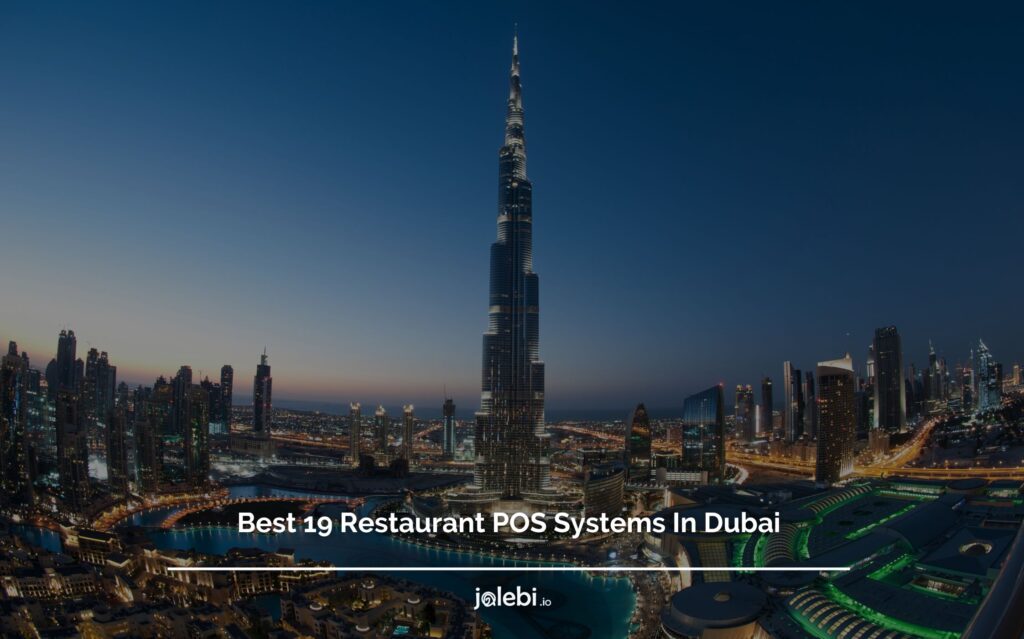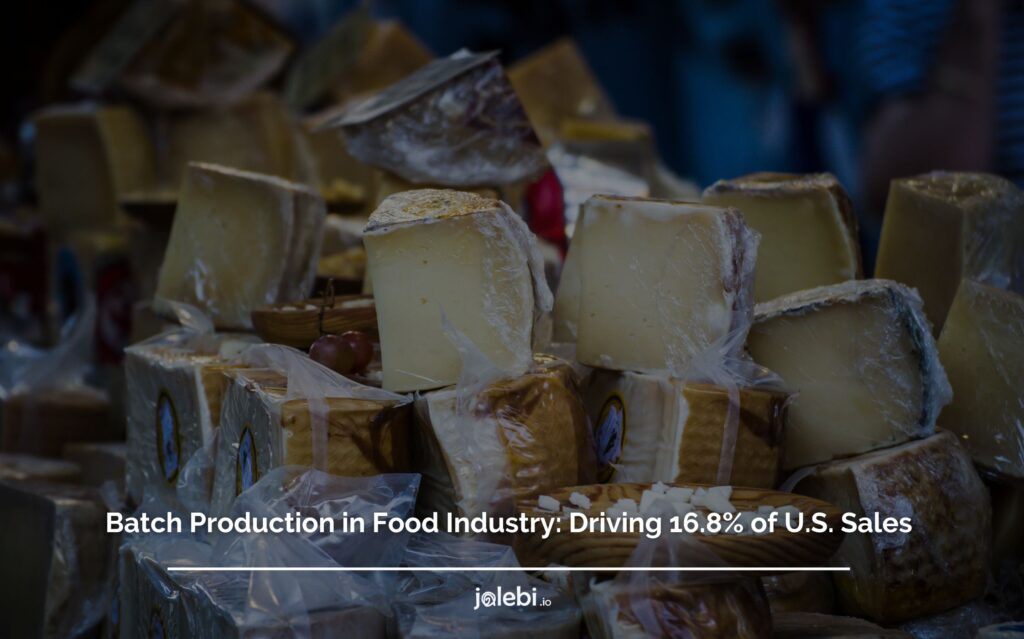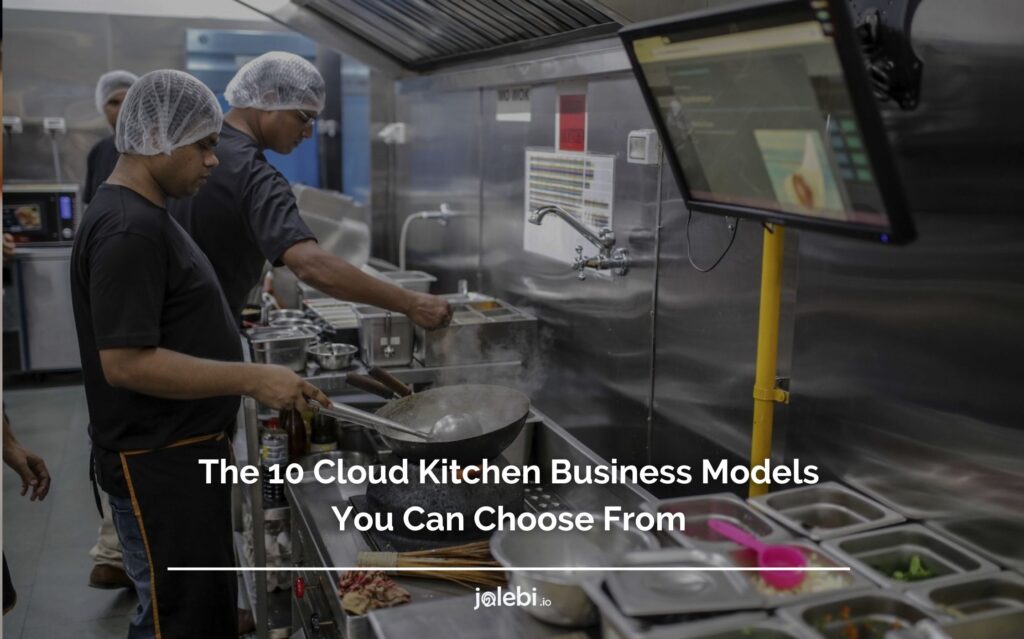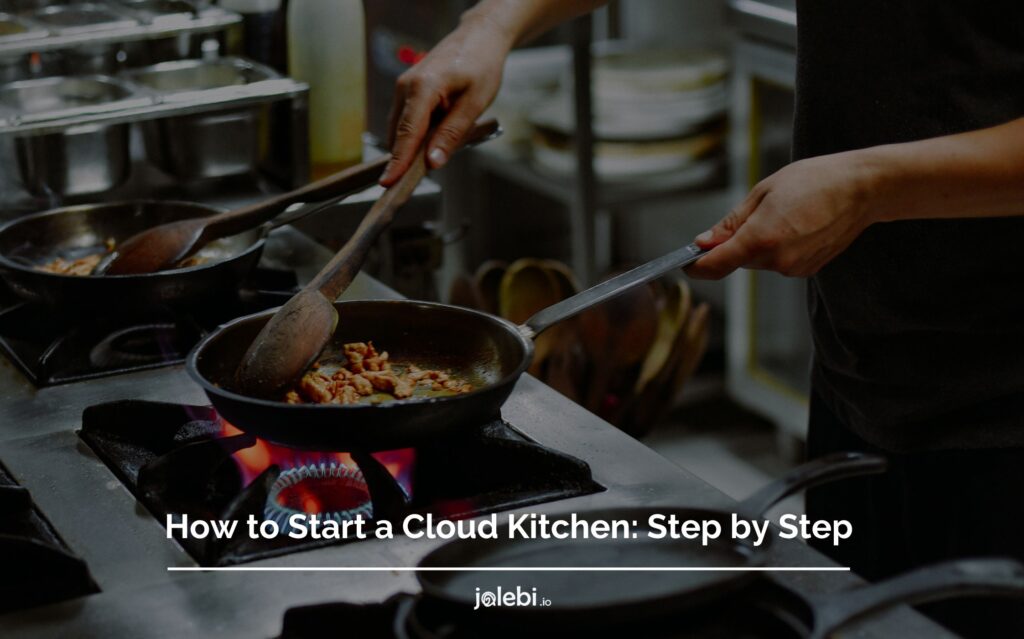Table of Contents
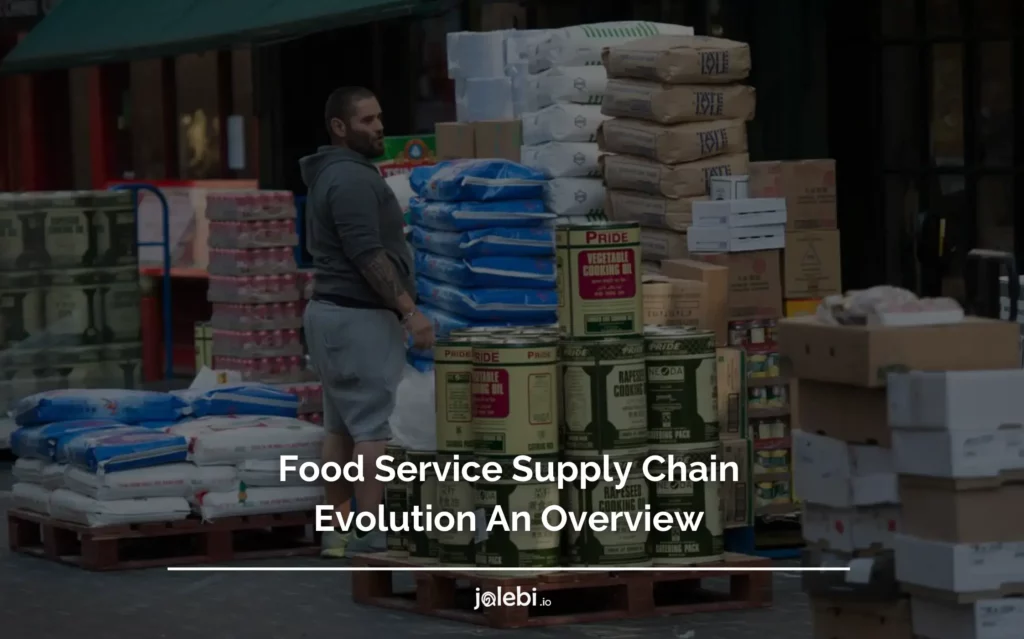
Nearly one-third of all food produced in the world goes to waste, which amounts to 1.3 billion tons per year.
The food industry has undergone a massive transformation in the past few decades, and the supply chain that powers it has evolved along with it.
The food service supply chain is a complex network of entities, including farmers, producers, distributors, and retailers, that work together to bring food from farm to table.
This supply chain has been revolutionized by modern technology, changing consumer preferences, and global events such as the COVID-19 pandemic.
In this blog post, we will take a closer look at the evolution of the food service supply chain, exploring its history, current challenges, and modern innovations.
We will delve into how the supply chain has adapted to meet the changing needs of consumers, such as the demand for locally-sourced and sustainable food.
From disruptions in the global supply chain to increased demand for delivery and takeout, the pandemic has highlighted both the strengths and weaknesses of the food service supply chain.
Join us on this journey through the evolution of the food supply chain and discover how this critical component of the food industry has changed and will continue to change in the future.
What Is Food Supply Chain Definition?
What is the food supply chain definition that every restaurant or business should know about?
The food service supply chain definition states that it is the network of businesses, organizations, and individuals involved in the production, distribution, and delivery of food products to the food service industry.
This includes everything from farmers who grow the crops to manufacturers who process and package the food, to distributors who transport the food to various food services establishments, such as restaurants, cafes, and catering companies.
The supply chain plays a crucial role in ensuring that these establishments have access to the food products they need to operate and that these products are delivered in a timely and efficient manner.
An Insight Into Food Supply Chain History
The history of the food supply chain dates back thousands of years, to when humans first began cultivating crops and domesticating animals for food.
- Ancient Civilizations
In ancient civilizations such as Egypt, Greece, and Rome, food was often traded over long distances, creating early versions of food supply chains.
- Middle Ages
As trade and commerce expanded during the Middle Ages, food supply chains became more complex and sophisticated, with the emergence of marketplaces, trade routes, and guilds that regulated the production and distribution of food.
- Industrial Revolution
The industrial revolution in the 18th and 19th centuries brought significant changes to the supply chain management in food industry, with the introduction of new technologies such as refrigeration, canning, and transportation systems that allowed food to be preserved and transported over long distances.
This enabled the growth of large-scale food production and distribution networks, which paved the way for modern food supply chains.
- Globalization
In the 20th century, the supply chain management in food industry became even more complex and globalized, with the emergence of multinational food companies and the expansion of international trade.
However, this also led to concerns about food safety and quality, as well as the environmental and social impacts of food production and distribution.
Current Supply Chain Challenges
In today’s globalized world, supply chain management has become increasingly complex and interconnected, presenting new challenges to businesses.
Several current challenges are facing the supply chain industry. Some of the most significant ones are as follows:
- Global Pandemic
The COVID-19 pandemic has disrupted supply chains all around the world.
It has led to the closure of factories, ports, and distribution centers, causing delays in production and transportation.
- Supply Chain Disruptions
The increasing frequency of natural disasters, geopolitical tensions, and cyber-attacks is disrupting supply chains globally. These disruptions can lead to material shortages, price increases, and delayed deliveries.
- Labor Shortages
The shortage of skilled labor in some industries is making it difficult to hire and retain employees. This can cause delays in production and increased labor costs.
- Rising Transportation Costs
The cost of shipping goods has been steadily increasing due to a shortage of drivers, capacity constraints, and rising fuel prices. This can lead to increased prices for consumers and reduced profits for companies.
Supply Chain Trends For The Future
The restaurant supply chain is a complex network of suppliers, manufacturers, distributors, and retailers that work together to ensure that food and other supplies reach restaurants in a timely and efficient manner.
The future of the restaurant supply chain is expected to be shaped by several trends and developments, which will impact the way food is sourced, transported, and prepared.
These trends include digitalization, sustainability, localization, food safety, and consumer demand.
1- Digitalization
The use of digital technology to streamline and automate supply chain processes is becoming increasingly prevalent in the restaurant industry.
This includes the use of predictive analytics to forecast demand and optimize inventory levels, real-time inventory tracking to ensure stock levels are always optimized, and blockchain-based tracking systems to improve supply chain visibility, reduce waste, and lower costs.
By using digital technology, restaurant supply chains can become more efficient, reduce costs, and improve overall performance.
2- Sustainability
Consumers are becoming increasingly aware of the environmental impact of the food they eat, and this is driving a shift towards more sustainable sourcing and packaging solutions.
Restaurants are increasingly sourcing more sustainable ingredients, reducing waste, and adopting environmentally-friendly packaging solutions.
This trend is expected to continue, with more restaurants sourcing ingredients from sustainable sources, using packaging that is recyclable or biodegradable and reducing their carbon footprint through more efficient transportation and logistics.
3- Localization
Localization is another trend that is likely to shape the future of the restaurant supply chain.
There is a growing trend towards sourcing ingredients from local suppliers, which can improve the freshness and quality of the ingredients while also reducing transportation costs and carbon emissions.
Local sourcing can also support local communities and provide a unique selling point for restaurants.
4- Food Safety
Food safety is another key trend that is expected to impact the restaurant supply chain in the future.
With an increasing number of food safety concerns, restaurants will need to implement more stringent food safety protocols.
This includes using blockchain-based tracking systems to improve traceability and transparency throughout the supply chain, reducing the risk of foodborne illnesses, and improving the safety and quality of food.
5- Consumer Demand
Finally, consumer demand for more diverse and healthier food options is expected to continue to increase in the future.
Restaurants will need to source a wider variety of ingredients to meet consumer demand and cater to changing dietary preferences.
This will require more flexible and agile supply chains that can respond quickly to changing consumer preferences.
These are just some of the trends that are shaping the future of supply chain management.
As the restaurant industry continues to evolve, companies that can adapt to these changes will be well-positioned for success.
Restaurant Supply Chain Management With jalebi
Are you tired of managing your restaurant’s supply chain with outdated and inefficient methods? Look no further than jalebi’s restaurant operating system.
With its easy-to-use interface and powerful features, jalebi’s restaurant operating system can help you streamline your supply chain management and reduce costs.
Here are some of the key features of jalebi that can help you manage your restaurant’s supply chain:
- Real-time inventory tracking based on consumption
- Single location account management
- Order management
- Menu management
- Marketplace integrations
So why wait? Upgrade your supply chain management today with jalebi’s ROS and take your restaurant to the next level!
Contact us today for more information and details!
Final Thoughts
The food service supply chain has come a long way from its early days of fragmented and inefficient operations.
Today, we see a complex network of suppliers, distributors, manufacturers, and retailers working together to deliver fresh, high-quality food to consumers around the world.
As the industry continues to evolve, we can expect to see new technologies and innovations that will help us address the challenges of food safety, sustainability, and efficiency.
By staying up-to-date with the latest trends and best practices, we can continue to build a more resilient and sustainable food service supply chain that meets the needs of our customers and our planet.
Frequently Asked Questions
- How many stages are there in the food supply chain?
While the exact number of stages may vary depending on the type of food and the specific supply chain, there are typically five main stages in the food supply chain.
These include the production stage, where the food is grown, harvested, or raised; the processing stage, where the food is transformed into a finished product; the distribution stage, where the food is transported from the processing facilities to the retailers or food service providers; the retail stage, where the food is sold to the end consumers; and the consumption stage, where the food is consumed by the end users.
- What are the food supply chain methods?
One of the traditional methods is the conventional food supply chain, which involves a linear flow of products from farmers to processors, distributors, retailers, and finally to consumers.
Another method is the direct-to-consumer model, which involves farmers selling their products directly to consumers, either through farmers’ markets, community-supported agriculture (CSA), or online platforms.
Additionally, there is the farm-to-table method, which emphasizes local and sustainable food systems by sourcing food from nearby farms and producers.
Lastly, there is the vertical farming method, which involves growing crops indoors using hydroponics, aeroponics, or other methods, enabling year-round production and reducing the reliance on traditional farming practices.
- What is the biggest threat to the food supply?
The biggest threat to the food supply is climate change, as it can have profound effects on agriculture and food production.
Rising temperatures, extreme weather events, and changing precipitation patterns can all lead to crop failures and reduced yields, while increased pest and disease pressure can further exacerbate the problem.
Climate change also poses a threat to the availability of freshwater resources, which are essential for crop irrigation and livestock production.
In addition, land degradation, deforestation, and overfishing can further impact the availability and quality of food.
- What is a supply chain structure example?
A typical supply chain structure example includes suppliers who provide raw materials, manufacturers who produce finished goods, distributors who transport and warehouse goods, and retailers who sell the products to end consumers.
Here’s a supply chain structure example, a clothing manufacturer’s supply chain structure might include cotton growers, textile mills, garment factories, shipping companies, and retail stores.
The goal of a supply chain structure is to ensure that products are delivered to customers efficiently, effectively, and at the lowest cost possible.

